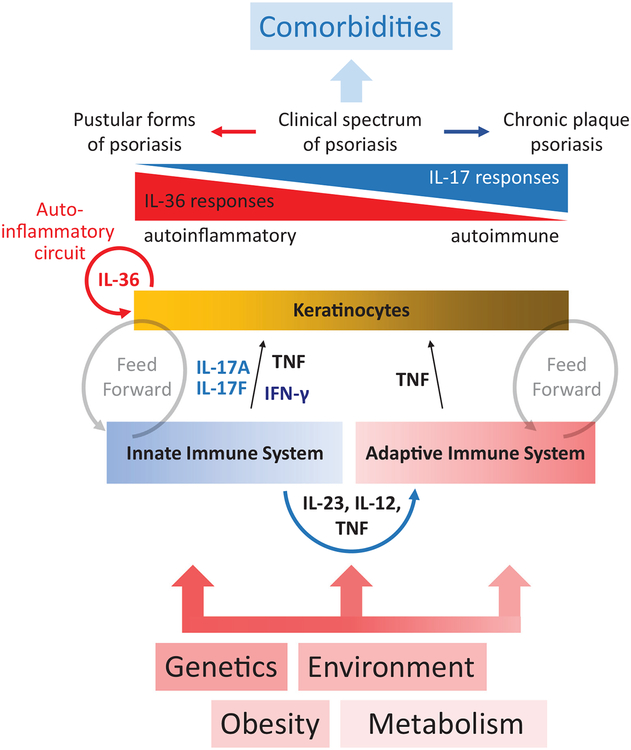Figure 1. Simplified overview of interrelation between psoriasis predisposing factors, inflammatory mechanisms, clinical manifestations, and consequences.
Crosstalk between the innate and adaptive immune systems involves secretion of IL-12 and IL-23, which are important for priming and maintaining Th1 and Th17 responses. Inflammatory responses prime keratinocytes that in turn amplify the inflammatory response and “feed forward,” creating a sustaining cycle of inflammation. These inflammatory responses shape the clinical manifestations of psoriasis, which exist between pustular forms (dominated by higher IL-36 responses) and plaque psoriasis (characterized by high IL-17A).

